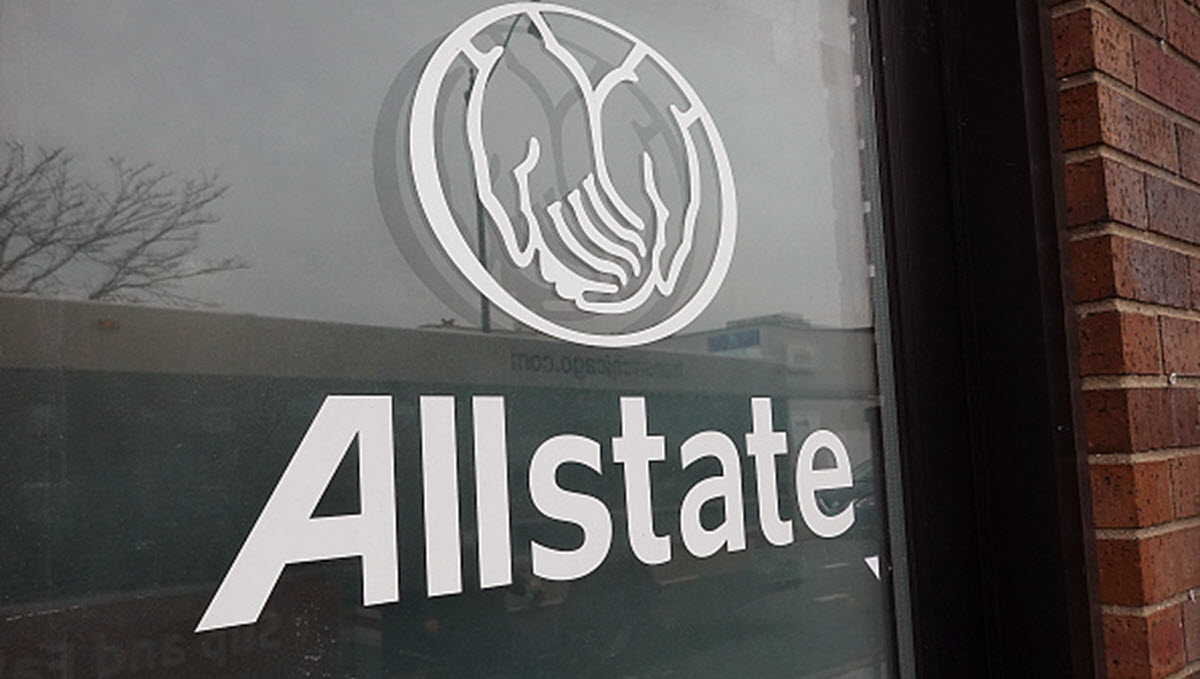Researchers at the University of California, Berkeley claim they have proven the Hayward Fault is connected to the Calaveras Fault, raising the likelihood the next big quake could be stronger than expected.
Estelle Chaussard of the UC Berkeley seismology lab discovered the connection by studying satellite images from the past 19 years.
"We finally show that we have both direct surface and deep connection of these two faults," Chaussard said. "So basically Hayward, that passes through Berkeley, is just a branch of the Calaveras Fault -- so it's basically a single fault structure."
Chaussard said the scientists used to believe the maximum magnitude earthquake along the Hayward Fault would be a 6.9. The new discovery that the faults are connected shows the East Bay could experience closer to a maximum magnitude-7.3 quake and affect more people to the east.
"The Calaveras Fault extends all the way to Hollister," Chaussard said. "So if we had even the southern-most rupture, we would have an even bigger earthquake."
The last big earthquake on the Hayward Fault was in 1868, a 6.8 magnitude. Scientists said a big earthquake is expected every 150 years. The fault currently has a lot of stress and has never been more ready to slip, according to scientists.
"The work still has to be done on what does it mean to have rupture on both faults," Chaussard said. "In terms of destruction on the coast and so on."
Local
Chaussard said scientists may have missed the connection before because the connecting fault runs through the Foothills and not through cities, which would be easier to spot.



